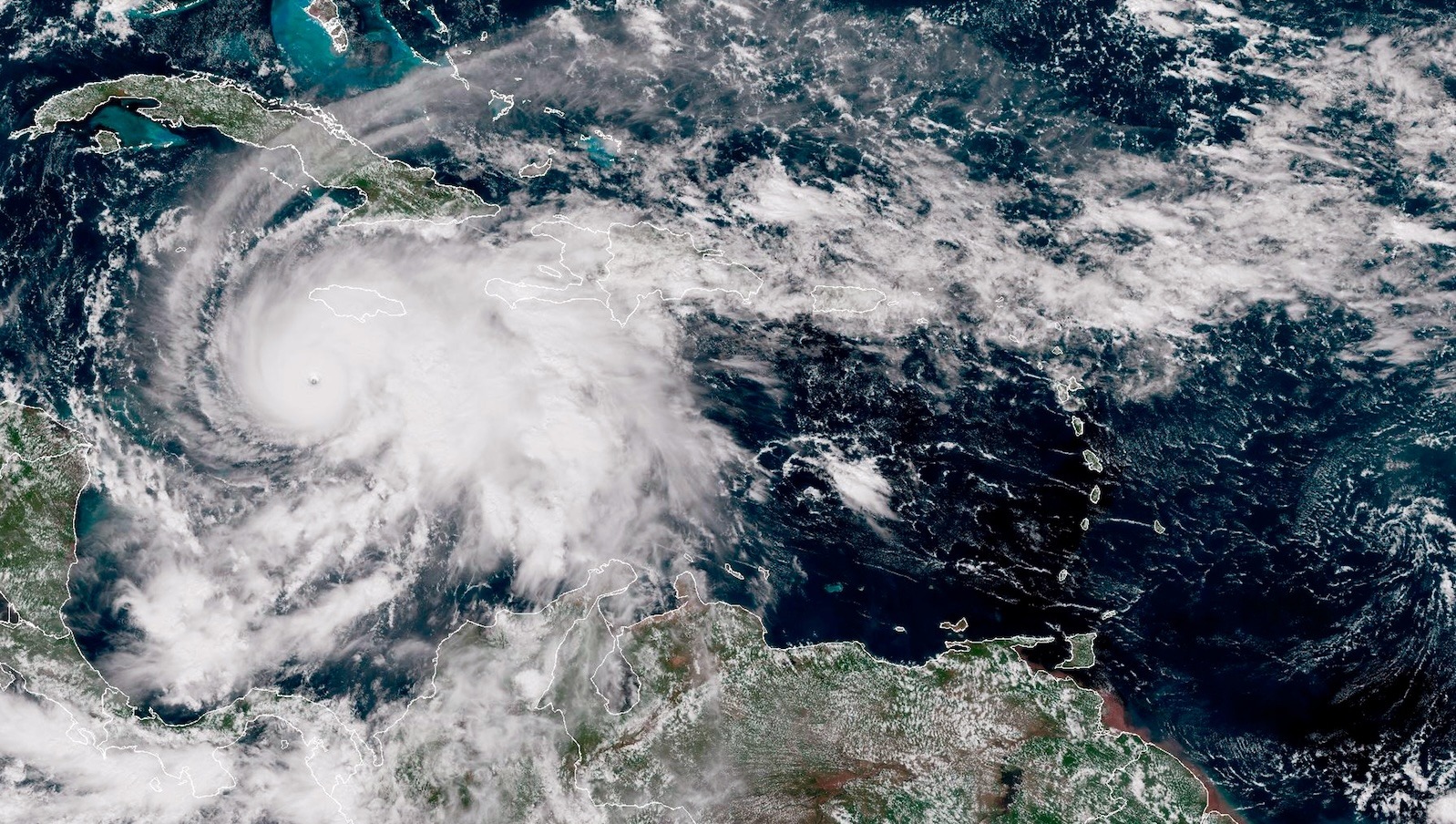Land, Vol. 14, Pages 1920: Explainable AI-Driven Integration of Water–Energy–Food Nexus into Supply–Demand Networks
Land doi: 10.3390/land14091920
Authors:
Lei Cao
Haonan Zhang
Xueliang Yang
Chaoyu Zhang
Chengbin Xi
Yunlu Zhang
Zhaowu Yu
The supply–demand network facilitates regional sustainable development by optimizing resource flows and allocation within the Water–Energy–Food system. However, few studies have constructed such networks from a Water–Energy–Food Nexus (WEF Nexus) supply–demand perspective, and the key driving factors influencing network formation, along with their underlying mechanisms, remain poorly understood. To bridge this gap, we propose a new framework for constructing WEF Nexus supply–demand networks via explainable artificial intelligence (EAI). Taking the Bohai Rim urban agglomeration as an example, we identified the key factors affecting the long-term supply and demand of the WEF Nexus and their mechanisms using the XGBoost-SHAP model. By quantifying the magnitude and direction of these factors’ influences, we constructed supply–demand networks and further developed optimization strategies that consider complex factor interactions and distinct thresholds. Key findings include: (1) Identification of 114 stable supply sources and 128 chronic deficit sources, forming 472 high-efficiency and 296 standard supply–demand corridors, with 6 major supply potential zones delineated. (2) Precipitation, vegetation coverage, human activity intensity, cropland distribution, and temperature emerged as primary determinants in descending order of importance. (3) Synergistic analysis revealed significant negative interactions between human activity and precipitation/vegetation, but positive correlation with temperature, with distinct nonlinear thresholds across zones. Based on these findings, we proposed a differentiated optimization strategy. Our study constructs a supply–demand network from the perspective of the WEF Nexus and highlights the importance of threshold effects and interactions among key factors in the construction and optimization of the network. The research results are also applicable to other urban agglomerations facing similar challenges.
Source link
Lei Cao www.mdpi.com

